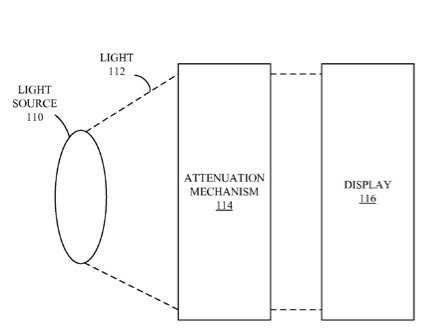An Apple patent (number 2012002110) for dynamic backlight adaptation for black bars with subtitles may hint at what Apple has planned for the rumored “iTV” (an Apple-branded HDTV) and perhaps an iMac with television features (see http://www.macnews.com/2011/12/09/imac-tv-functionality-im-there).
In the patent, embodiments of a system that includes one or more integrated circuits are described. During operation, the system receives a video image, that when displayed, includes a picture portion, a non-picture portion, and a subtitle which is superimposed on at least a subset of the non-picture portion, where the non-picture portion has an initial brightness value.
Then, the system scales the brightness of pixels corresponding to a remainder of the non-picture portion of the video image to have a new brightness value that is greater than the initial brightness value to reduce user-perceived changes in the video image associated with backlighting of a display that displays the video image, where the remainder of the non-picture portion excludes the subset of the non-picture portion. The inventors are Ulrich T. Barnhoefer, Wei H. Yao,Wei Chen, Barry J. Corlett and Jean-didieer Allegrucci.
Here’s Apple’s background on the invention: “Compact electronic displays, such as liquid crystal displays (LCDs), are increasingly popular components in a wide variety of electronic devices. For example, due to their low cost and good performance, these components are now used extensively in portable electronic devices, such as laptop computers.
“… Some electronic devices scale the peak brightness values in video images (such that the video images are no longer underexposed) and reduce the intensity setting of the light source, thereby reducing energy consumption and extending battery life. Unfortunately, it is often difficult to reliably determine the brightness of video images, and thus it is difficult to determine the scaling using existing techniques.
“This is because many video images are encoded with black bars, e.g., non-picture portions of the video images. These non-picture portions complicate the analysis of the brightness of the video images, and therefore can create problems when determining the trade-off between the brightness of the video signals and the intensity setting of the light source. Moreover, these non-picture portions can also produce visual artifacts, which can degrade the overall user experience when using the electronic device.
“Hence what is needed is a method and an apparatus that facilitates determining the intensity setting of a light source and which reduces perceived visual artifacts without the above-described problems.”


